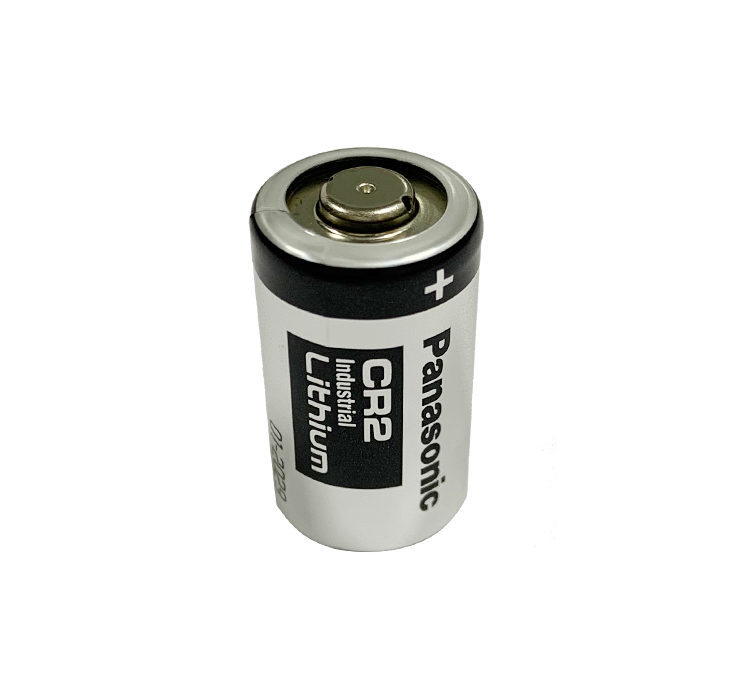
Mar 18, 2022 | Company News
1. Cylindrical lithium-ion battery cell brands
Cylindrical lithium batteries are more popular in Japan and South Korea lithium battery enterprises, and there are considerable domestic enterprises in China producing cylindrical lithium batteries. The earliest cylindrical lithium battery was invented by the Japanese SONY company in 1992.
Well-known cylindrical lithium-ion battery brands: Sony, Panasonic, Sanyo, Samsung, LG, Wanxiang A123, BAK, Lixin, etc.
2. Types of cylindrical lithium-ion battery cells
Cylindrical lithium-ion cells are usually expressed in five digits, counting from the left, the first and second digits refer to the diameter of the battery, the third and fourth digits refer to the height of the battery, and the fifth digit indicates the round shape. There are many models of cylindrical Li-ion batteries, the more common ones are 10400, 14500, 16340, 18650, 21700, 26650, 32650, etc.
①10440 battery
10440 battery is a kind of lithium battery with a diameter of 10mm and a height of 44mm, which is the same size as what we often call “No.7 battery”, and the capacity of this kind of battery is generally very small, only a few hundred mAh, mainly used in mini electronic products. For example, torches, mini stereos, amplifiers, etc.
②14500 battery
14500 battery is a kind of lithium battery with a diameter of 14mm and a height of 50mm, this kind of battery is generally 3.7V or 3.2V, the nominal capacity is relatively small, a little larger than 10440 battery, generally 1600mAh, the discharge performance is superior, the application area is mainly in consumer electronics, such as wireless audio, electric toys, digital cameras, etc.
③16340 battery
The 16340 battery is a kind of lithium battery with a diameter of 16mm and a height of 34mm. This kind of battery is often found in strong torches, LED torches, headlamps, laser lights, lighting fixtures, etc. because the height of the feet is a little shorter and the capacity is not very small.
④18650 battery
18650 battery is a kind of lithium battery with a diameter of 18mm and a height of 65mm, its biggest feature is that it has a very high energy density, almost reaching 170Wh/kg, so this kind of battery is a better cost performance, we usually often see most of this kind of battery, because it is a more mature lithium battery, all aspects of the system quality stability is better, widely used in 10 kWh Around the battery capacity occasions, such as in, in mobile phones, laptops, and other small appliances.
⑤ 21700 battery
21700 battery is a kind of lithium battery with a diameter of 21mm and a height of 70mm, because its volume increases, the space utilization rate becomes larger, the energy density of the cell alone and the system can be improved, its volume energy density is much higher than that of 18650 type batteries, widely used in digital, electric vehicles, balance cars, solar energy lithium battery street lights, LED lights, power tools, etc.
⑥ 26650 Battery
26650 battery is a 26mm diameter, 65mm height lithium battery, nominal voltage 3.2V, nominal capacity 3200mAh, this battery with excellent capacity and high consistency and other characteristics, has gradually become a trend to replace the 18650 battery, many products in the power battery will also gradually favor this.
⑦ 32650 battery
32650 battery is a kind of lithium battery with a diameter of 32mm and a height of 65mm. This kind of battery has a strong capacity of continuous discharge, so it is more suitable for electric toys, backup power supply, ups battery, wind power generation system, and scenery complementary power generation system.
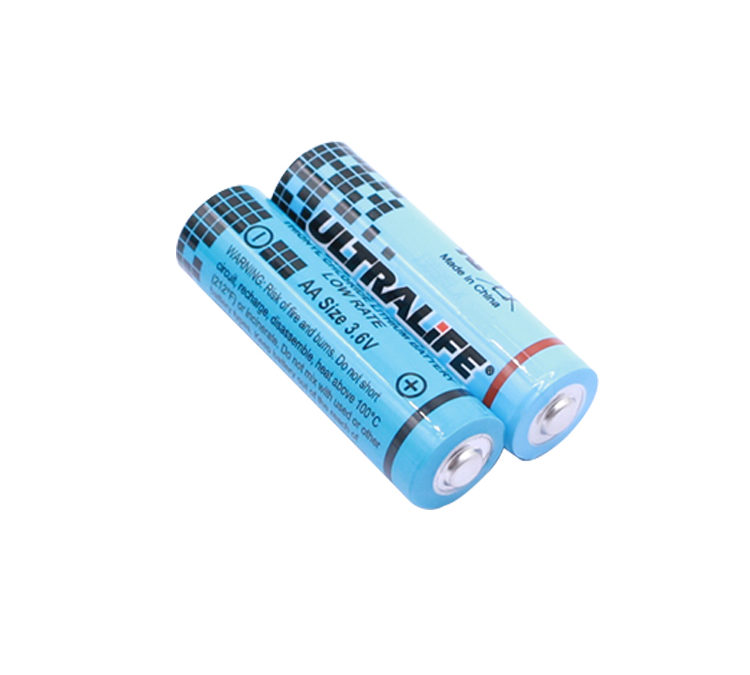
Mar 18, 2022 | Company News
1, the definition of cylindrical batteries
Cylindrical lithium batteries are divided into lithium iron phosphate, lithium cobaltate, lithium manganate, cobalt-manganese mixed, ternary material different systems, the shell is divided into two kinds of steel shell and polymer, different material system battery has different advantages. At present, cylindrical mainly steel-cased cylindrical lithium iron phosphate battery, the performance of this battery for high capacity, high output voltage, good charge and discharge cycle performance, stable output voltage, can high current discharge, stable electrochemical performance, safe to use, wide operating temperature range, friendly to the environment, widely used in solar lamps, lawn lamps, back-up energy, power tools, toy models on.
2, the structure of a cylindrical battery
The structure of a typical cylindrical battery includes a shell, cap, positive electrode, a negative electrode, diaphragm, electrolyte, PTC element, gasket, safety valve, etc. The general battery shell is the negative terminal of the battery, the cap is the positive terminal of the battery, and the battery shell is made of nickel-plated steel.
3, the advantages of cylindrical lithium batteries
Compared with soft pack and square lithium batteries, cylindrical lithium battery has the longest development time, higher standardization, more mature process, high yield rate, and low cost.
– Mature production process, lower cost of PACK, higher yield of battery products, good heat dissipation performance
– Cylindrical batteries have formed a series of internationally unified standard specifications and models, and the process is mature and suitable for continuous production in large quantities.
– The cylindrical body has a large specific surface area and dissipates heat well.
– Cylindrical batteries are generally sealed batteries, and there are no maintenance problems during use.
– The battery shell has high-pressure resistance, and there will be no phenomenon such as square and soft packing battery expansion during use.
4, cylindrical battery cathode material
At present, the mainstream commercial cylindrical battery cathode materials are mainly lithium cobaltate (LiCoO2), lithium manganate (LiMn2O4), ternary (NMC), lithium iron phosphate (LiFePO4), etc., different material system battery has different characteristics.
5, cylindrical battery cathode materials
Cylindrical battery anode materials are divided into six types: carbon anode materials, alloy-based anode materials, tin-based anode materials, lithium transition metal nitride anode materials, nanoscale materials, nano-anode materials.
– Carbon nanoscale materials for anode materials: the anode materials that have actually been used for lithium-ion batteries are basically carbon materials, such as artificial graphite, natural graphite, intermediate phase carbon microspheres, petroleum coke, carbon fibers, pyrolytic resin carbon, etc.
– Alloy-based anode materials: These include tin-based alloys, silicon-based alloys, germanium-based alloys, aluminum-based alloys, antimony-based alloys, magnesium-based alloys, and other alloys, which are also not commercially available at present.
– Tin-based negative electrode materials: Tin-based negative electrode materials can be divided into two types of tin oxides and tin-based composite oxides. Oxides are oxides of various valence metals of tin. There are currently no commercial products available.
– Lithium-containing transition metal nitride anode materials, which are also not currently available commercially.
– Nanoscale materials: carbon nanotubes, nano-alloy materials.
– Nano-anode materials: nano-oxide materials
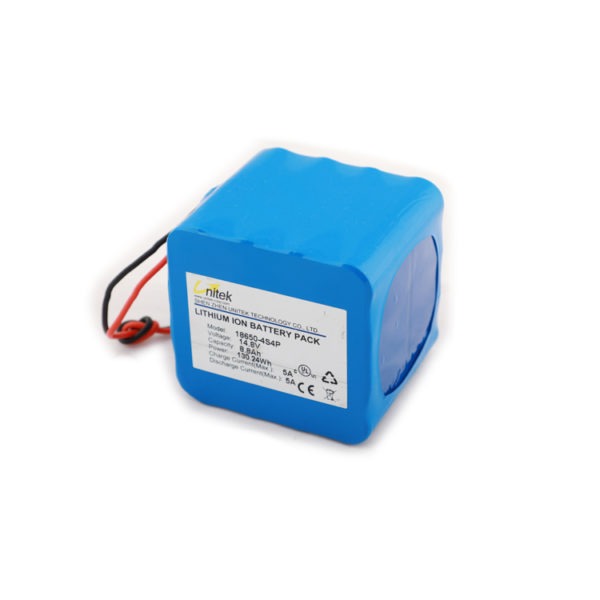
Mar 17, 2022 | Company News
The adoption of new material systems, the fine-tuning of lithium battery structures, and the improvement of manufacturing capabilities are the three areas where R&D engineers can “dance long and hard”. In the following, we will explain the two dimensions of monomer and system. –Monoblock energy density, mainly based on breakthroughs in chemical systems
1. Increase the size of the battery
Battery manufacturers can increase the size of the original battery to achieve the effect of power expansion. We are most familiar with the example: the first to use Panasonic 18650 battery well-known electric car company Tesla will change the new 21700 battery.
But “fattening” or “growing” the cells is only a symptom, not a cure. The bottom of the barrel solution is to find the key technology to improve energy density from the positive and negative electrode materials and electrolyte composition of the battery cells.
2. Change in chemical system
As mentioned earlier, the energy density of the battery is limited by the positive and negative electrodes of the battery. As the current energy density of the negative electrode material is much higher than that of the positive electrode, it is necessary to upgrade the positive electrode material to increase the energy density.
High nickel cathode
Ternary materials generally refer to the large family of lithium nickel cobalt manganese oxide, we can change the performance of the battery by changing the ratio of the three elements: nickel, cobalt and manganese.
In the diagram silicon-carbon anode
The specific capacity of silicon-based anode materials can reach 4200mAh/g, much higher than the theoretical specific capacity of 372mAh/g for graphite anodes, making them a strong alternative to graphite anodes. Currently, the use of silicon-carbon composites to increase the energy density of batteries is one of the industry’s recognised directions for the development of anode materials for lithium-ion batteries. The Model 3 released by Tesla uses silicon-carbon anode.
In the future, if you want to go one step further – breaking through the 350Wh/kg barrier for a single cell – your industry peers may need to look at a lithium metal cathode type battery system, but this also means a whole battery production process change and refinement. As can be seen in several typical ternary materials, the proportion of nickel is getting higher and the proportion of cobalt is getting lower. The higher the nickel content, the higher the specific capacity of the cell. In addition, due to the scarcity of cobalt resources, increasing the proportion of nickel will reduce the amount of cobalt used.
3. System energy density: improving the efficiency of battery pack formation
Battery pack formation is a test of the battery “siege lions” on the ability of the single-cell and module array, need to take safety as the premise, the maximum use of every inch of space.
There are several ways to slim down a battery pack.
Optimizing the layout
The internal arrangement of the system can be optimized in terms of external dimensions, making the internal arrangement of the battery pack components more compact and efficient.
Topology optimization
We use simulation calculations to achieve weight reduction while ensuring rigidity and structural reliability. This technology enables topology optimization and shape optimization and ultimately helps to achieve a lighter battery box.
Material selection
We can choose low-density materials, for example, the upper cover of the battery pack has been gradually changed from the traditional sheet metal cover to a composite cover, which can reduce the weight by about 35%. For the lower box of the battery pack, there has been a gradual change from the traditional sheet-metal solution to an aluminum profile solution, with a weight reduction of about 40%, which has a significant effect on the lightweight.
Integrated vehicle design
The integrated design of the whole vehicle and the structural design of the whole vehicle is considered as a whole, and structural parts are shared and common as far as possible, such as the anti-collision design, to achieve the ultimate in lightweight. The battery is a very all-round product, you want to improve the performance of one aspect, you may sacrifice the performance of other aspects, this is the basis of understanding battery design and development. Power batteries are vehicle-specific, so energy density is not the only measure of battery quality.
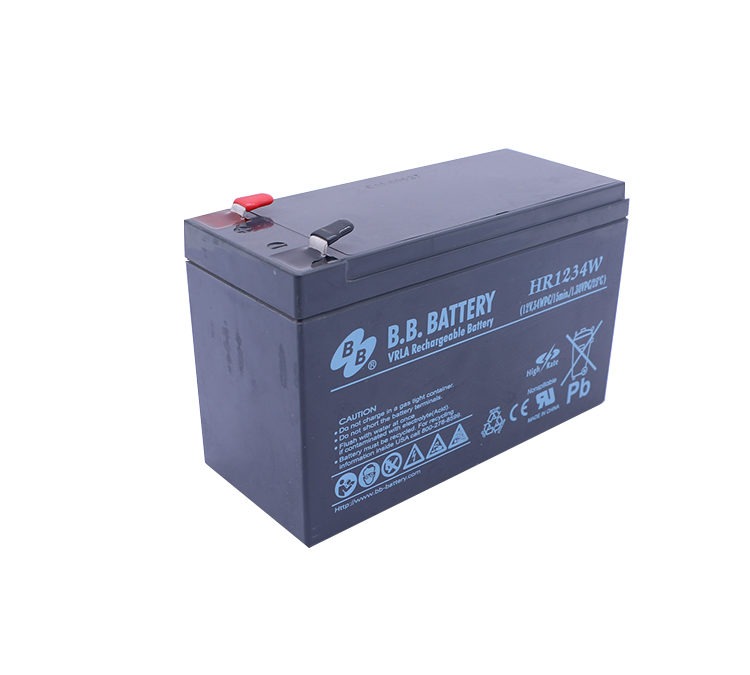
Mar 17, 2022 | Company News
What is energy density?
Energy density is the amount of energy stored per unit of a certain amount of space or mass of material. The energy density of a battery is also the average amount of electrical energy released per unit volume or mass of the battery. The energy density of a battery is generally divided into two dimensions: energy density by weight and energy density by volume.
Battery weight energy density = battery capacity x discharge platform/weight, basic unit is Wh/kg (watt hour/kg)
Battery volumetric energy density = battery capacity x discharge platform/volume, the basic unit is Wh/L (Watt hour/liter)
The higher the energy density of a battery, the more power is stored per unit volume or weight.
What is the energy density of a single cell?
The energy density of a battery often points to two different concepts, the energy density of a single cell and the energy density of a battery system. A cell is the smallest unit of a battery system, M cells make up a module, and N modules make up a pack, which is the basic structure of an automotive power battery. The energy density of a single cell, as the name suggests, is the energy density of a single cell level.
According to “Made in China 2025”, the development plan for power batteries is clear: in 2020, the battery energy density will reach 300 Wh/kg; in 2025, the battery energy density will reach 400 Wh/kg; in 2030, the battery energy density will reach 500 Wh/kg. Here it refers to the energy density at the individual cell level.
What is system energy density?
System energy density refers to the power of the entire battery system after the combination of the individual cells is completed then the weight or volume of the entire battery system. The energy density of a battery system is lower than the energy density of a single cell because the internal battery management system, thermal management system, high and low voltage circuits, etc. take up part of the weight and internal space of the battery system. System energy density = battery system power/battery system weight OR battery system volume
What exactly limits the energy density of lithium batteries?
The chemical system behind the battery is the main reason to blame. Generally speaking, there are four key components of a lithium battery: the positive electrode, the negative electrode, the electrolyte and the diaphragm. The positive and negative electrodes are where the chemical reactions take place, equivalent to the two veins, so their importance is evident. We all know that a pack system with a ternary lithium cathode has a higher energy density than a pack system with a lithium iron phosphate cathode. Why is this?
According to the barrel theory, the height of the water level is determined by the shortest part of the barrel, and the lower limit of the energy density of lithium-ion batteries depends on the cathode material.
The voltage plateau for lithium iron phosphate is 3.2V, while this indicator for ternary is 3.7V. Comparing the two, the energy density is high and low: a difference of 16%. Of course, in addition to the chemical system, the level of production processes such as compaction density, foil thickness, etc., also affect the energy density. Generally speaking, the higher the compaction density, the higher the capacity of the battery in a limited space, so the compaction density of the main material is also seen as one of the reference indicators for the energy density of the battery.
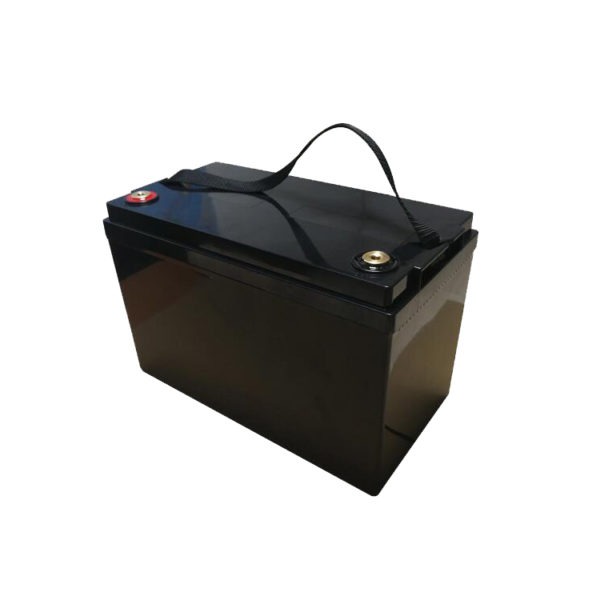
Mar 11, 2022 | Company News
A 36V/10Ah (360Wh) lead-acid battery weighing 12kg can travel approximately 50km on a single charge, recharge approximately 100 times, and last approximately 1 year. If a Lithium iron phosphate power battery is used, with the same 360Wh energy (12 10Ah batteries in series), it weighs about 4kg, can travel about 80km on a single charge, can be charged up to 1000 times, and has a service life of 3 to 5 years. Although lithium-ion power batteries are much more expensive than lead-acid batteries, the overall effect is better with Lithium iron phosphate power batteries and they are lighter in use.
Applications of Lithium iron phosphate power battery
1. Large electric vehicles: buses, electric cars, sightseeing vehicles, and hybrid electric vehicles. Electric vehicles
2. Light electric vehicles: electric bicycles, golf carts, small electric scooters, stackers, cleaning vehicles, electric wheelchairs, etc.
3. Electric tools: electric drills, chainsaws, lawnmowers, etc.
4. Toys such as remote-controlled cars, boats, and planes.
5. Energy storage equipment for solar and wind power generation.
6. UpS and emergency lighting warning lights and mining lights (best safety) and emergency lighting
7. Replacement of 3V disposable lithium batteries and 9V NiCd or NiMH rechargeable batteries (identical in size) in cameras. Rechargeable batteries (identical in size).
8. Small medical equipment and portable devices, etc. Small medical equipment and portable devices, etc.
Lithium iron phosphate power battery structure and working principle of the battery structure and working principle of the battery
On the left is the olivine structure of LiFepO4 as the positive electrode of the battery, which is connected to the positive electrode by an aluminum foil. In the middle is the polymer diaphragm, which separates the positive electrode from the negative electrode, but lithium ions Li+ can pass through but electrons e- cannot. Between the top and bottom of the battery is the electrolyte of the battery, which is hermetically sealed by a metal casing. liFepO4 batteries migrate Li+ from the positive electrode to the negative electrode through the polymer diaphragm during charging and Li+ from the negative electrode to the positive electrode through the diaphragm during discharge. Li-ion batteries are named after the lithium ions that migrate back and forth during charging and discharging.
LiFepO4 battery main performance battery main performance
LiFepO4 batteries have an operating voltage of 3.2V, an end charge voltage of 3.6V, and an end discharge voltage of 2.0V. The performance of LiFepO4 batteries may vary depending on the quality and process of the positive and negative electrode materials and electrolyte materials used by each manufacturer. For example, the capacity of the same type of battery (standard battery in the same package) varies considerably (10% to 20%).
Lithium iron phosphate (Cathodematerial)
Molecular formula LiFepO4, also known as lithium iron phosphate, lithium iron phosphate, or LFp for short (three-dimensional olivine structure)
The synthesis of lithium iron phosphate materials can be divided into two types of wet and dry methods, with the technical focus on formulation and firing control. Production plants are generally equipped with mixers, atmospheric firing furnaces, grinders, and sieves.
LiCoO2VSLiFepO4
The cathode material for LiCo batteries has a laminar structure, while LiFe batteries have a three-dimensional olivine structure, making the former prone to structural disintegration during fast charging or discharging, while the latter does not present problems during charging and discharging. Although the theoretical capacity of LiCoO cathode material is as high as 274mAh/g, it can only reach 151mAh/g in practice. Compared to LiFePO4 cathode material, the upper limit of theoretical capacity is only 180mAh/g, but in practice, it can already reach about 140-150mAh/g.




